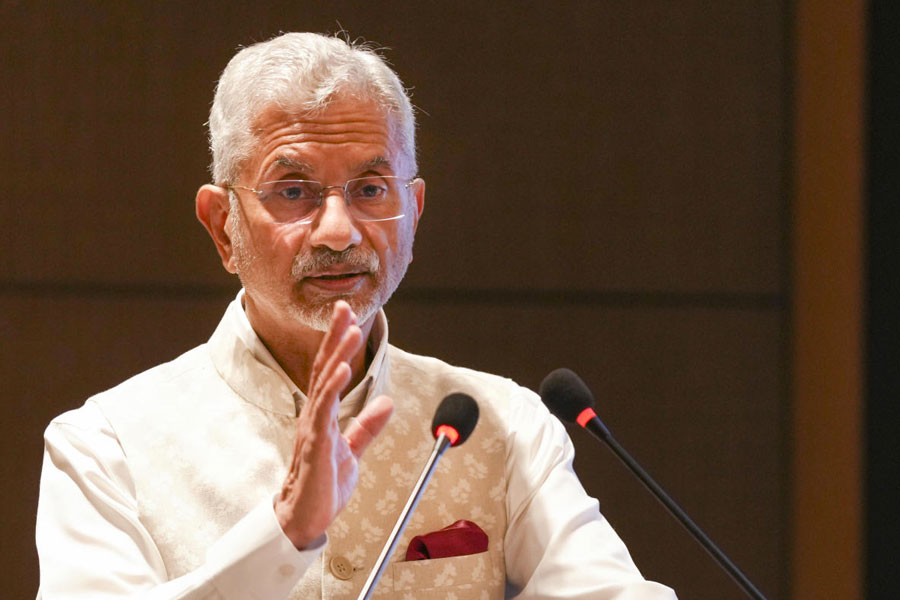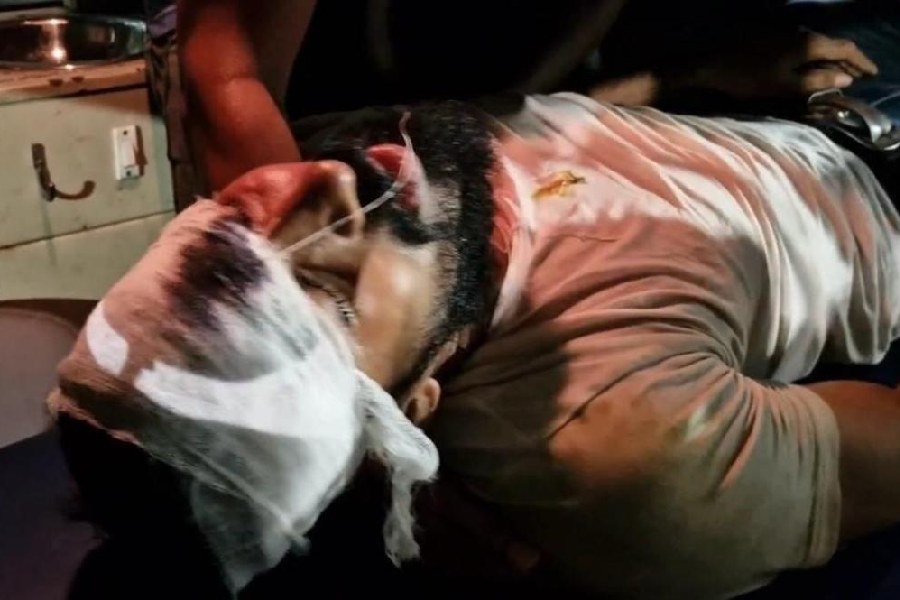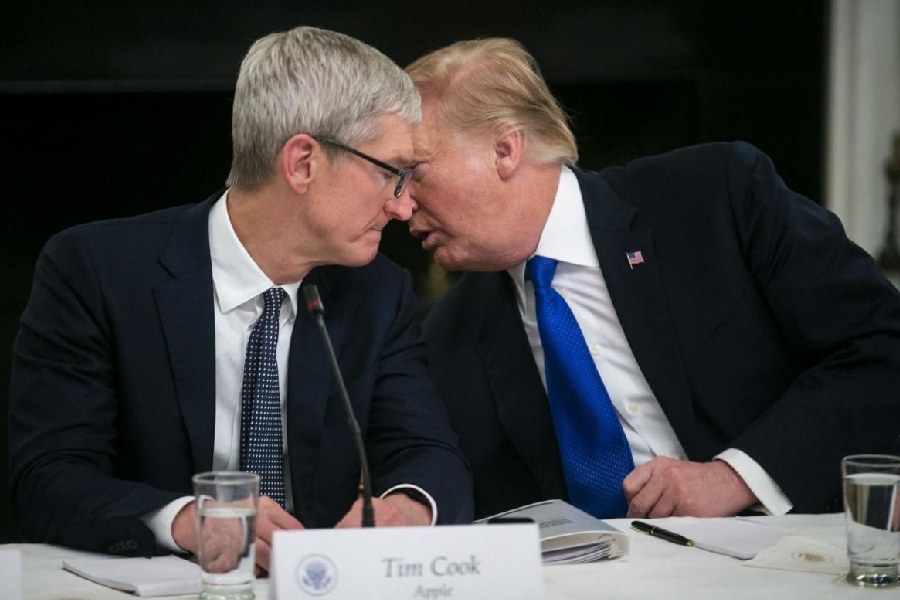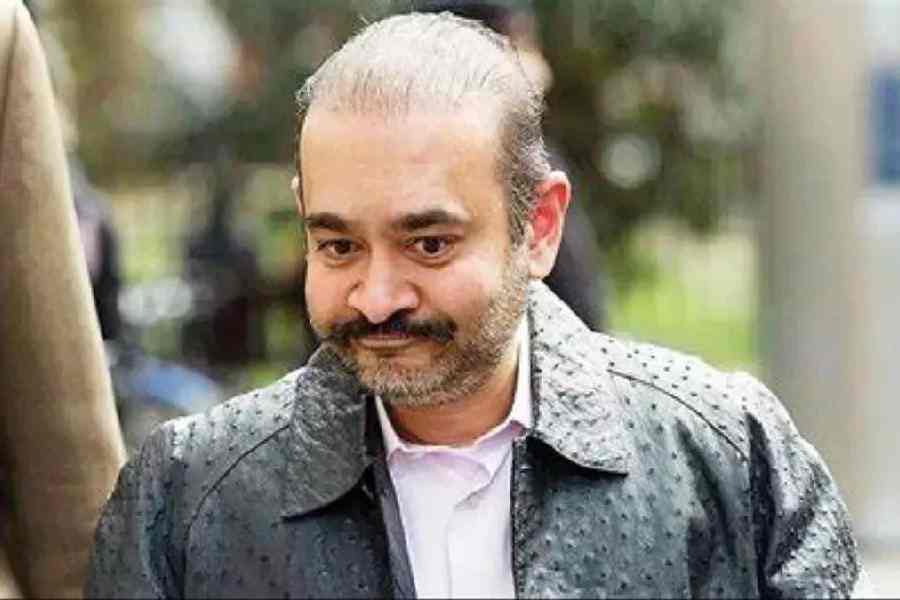 |
| Madhuja Mukherjee at her exhibition Silent Forms, which opened at Studio21 on Friday. The show will be on till November 16. Picture by Amit Dutta |
In the popular perception, early Indian films, which were silent, were mostly mythological.
Madhuja Mukherjee, who is an inter-media artist wearing many hats, tries to set the record straight through her media-installation, Silent Forms: Revisiting Silent Cinema of India, at Studio21.
Mukherjee researches and writes on Indian cinema, makes experimental films, creates graphic narratives, executes media installations, teaches in the department of film studies at Jadavpur University and is the joint coordinator of the Media Lab Project in the department of film studies.
The show, which opened on Friday evening, is divided into five zones — mythological, documentaries, stunt films, comedies and pictures of trendy female stars — which highlight the diversity of the films made in that phase.
The stunt film is represented by Whirlwind made by D. Billimoria in 1933, featuring the actress Padma Devi, who is remembered as the epitome of a Bengali mother and who in her early years used to wear trendy clothes.
The characters are probably Parsis, going by the hat the hero wears and the credits in Gujarati, over and above English. Trains, cars, revolvers and ships are prominent in the film. The short is projected on two square apertures representing windows in a train compartment.
The focus of the second room is a video based on D.G. Phalke’s mythology, Kaliya Mardan, a Hindustan Cinema Film. Phalke, like Georges Méliès, was an illusionist, and worked in the studio of Raja Ravi Varma.
A wall-to-wall collage of images in the same room shows the different facial expressions of a little girl and various shots of the little Krishna vanquishing the serpent Kaliya who tried to crush the blue god. A set of pictures shows the different avatars of Krishna in popular culture —in a Ravi Varma painting, calendar art and the dancer Ram Gopal dressed as the deity.
A third room features a huge lamp made of stills from the 1931 film, Jamai Babu, and photographs of the shooting locations. The lamp is reflected in a mirror behind it. The film, which was lost and accidentally found years later, is a comedy about the travails of a man who went astray while looking for his father-in-law’s house, and one cannot miss the kiss in one of the stills.
On the wall are displayed pages from the 1937 issue of Chitrapanji, a film magazine, which feature a poem about a woman’s painted mouth (Rangin Thote) by Ramesh Chandra Das, MA, and Prem o Shardi, a satire, Parashuram style, by Ganeshchandra Bandyopadhyay.
In the fourth room is a screen of jute fibres on which are projected two documentaries on jute production and mills made in 1909 and 1923, the latter produced by Thomas Duff Company, a clearing agency once operating from Calcutta, and was shot like Jean Renoir’s The River, in jute mills. The jute mills that appear in it are Victoria, Samnuggur and Titagarh. The focus of the show is more on history than artistry.










